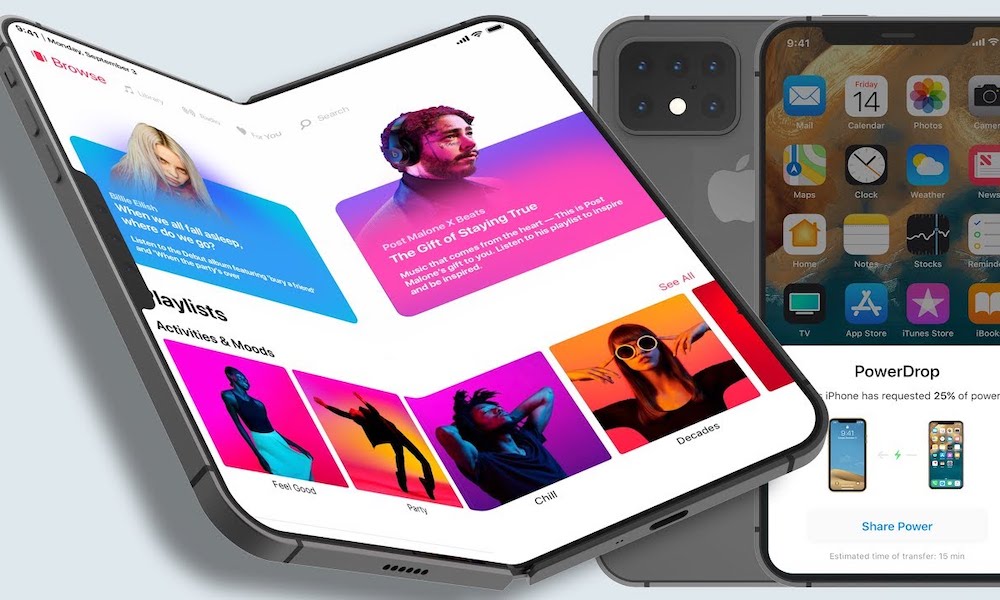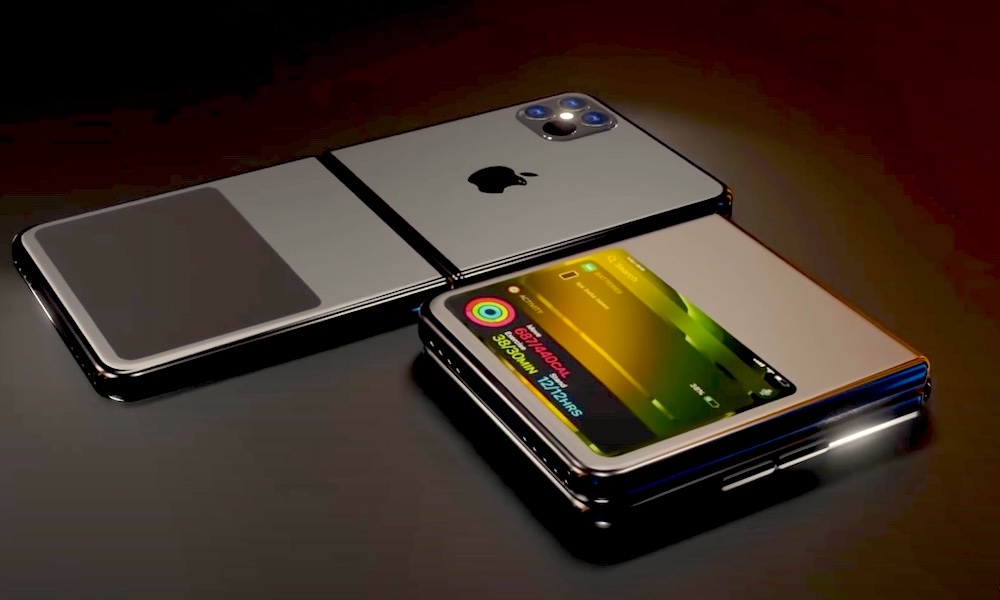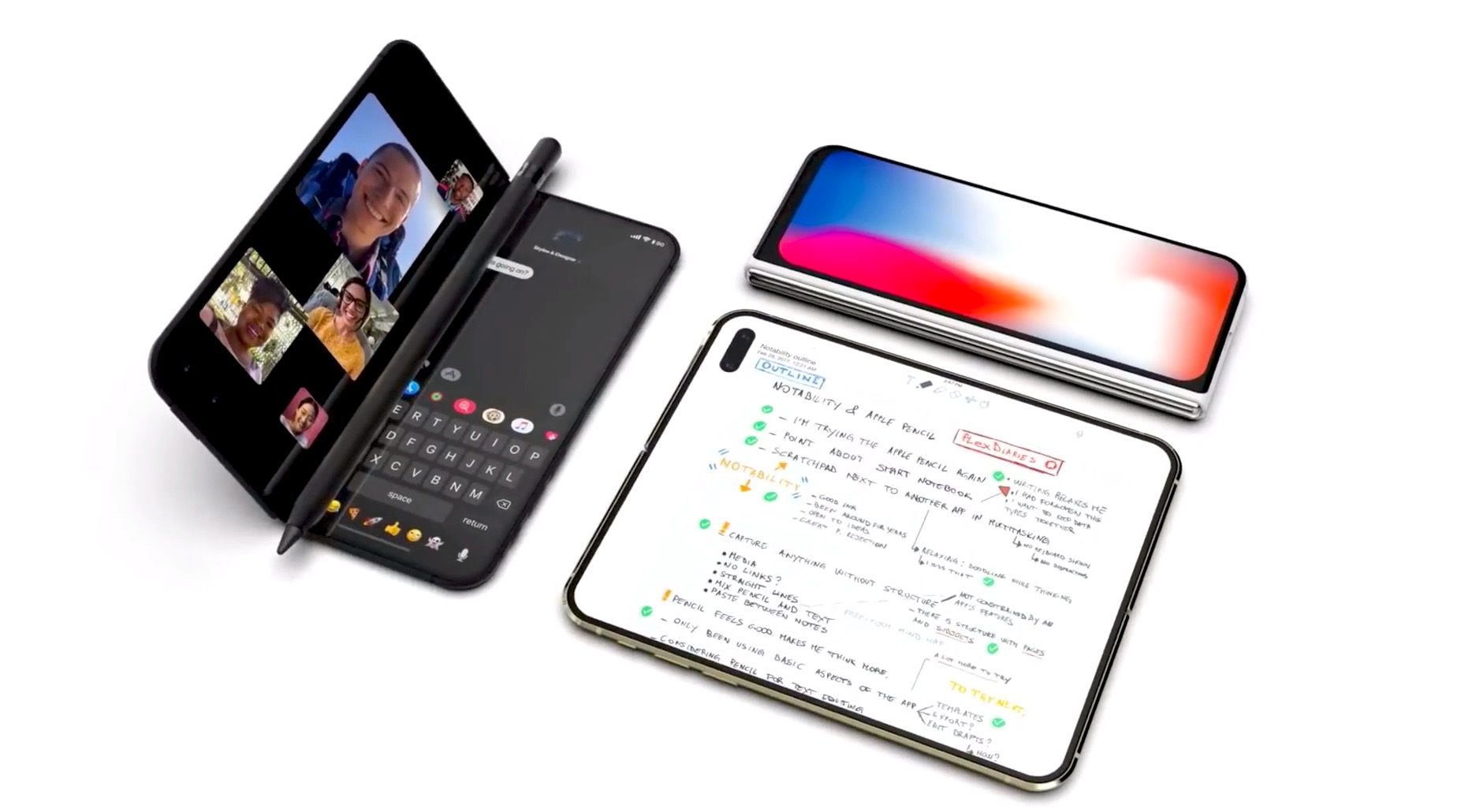Are Foldable Phones Still Just a Passing Fad?
 Credit: EverythingApplePro
Credit: EverythingApplePro
Toggle Dark Mode
This week, Google stoked the fires of the foldable smartphone market when it unveiled the long-awaited Pixel Fold, raising a serious challenge to the dominance of the Samsung Galaxy Z Fold and Z Flip series of smartphones.
While Samsung isn’t the only company producing foldable and flippable smartphones, it’s quickly become the most popular, thanks to its willingness to iterate in public from its somewhat awkward 2019 Galaxy Fold debut — a device that many considered a public prototype — to the modern Galaxy Z Fold 4 which was full-featured and powerful enough to tempt me to switch sides.
Then there’s Samsung’s Galaxy Z Flip series, which offers a fun clamshell-style alternative to the Z Fold’s more no-nonsense design. That, too, has been enough to tempt some loyal iPhone users to see how the other side lives.
Now, Google hopes to do the same with some crazy trade-in incentives to lure iPhone Pro users into the Fold.
Still, although we’ve long since passed the days when it was annoyingly complicated to switch platforms, the Apple ecosystem is still very sticky. As enticing as Samsung’s and Google’s foldable phones are, they’re still Android devices, and you’re guaranteed to miss a few things if you move over.
How much that matters will depend on how deeply you’re entrenched in the world of Apple devices. Folks with a Windows PC and a single iPhone probably won’t feel it nearly as much as those with a Mac, iPad, Apple TV, a couple of HomePods, and a household that also uses iPhones.
Since I fall squarely into that latter category, my interest in foldable Android phones is academic at best. I may look at the Galaxy Z Fold 4 and Pixel Fold somewhat wistfully, but switching isn’t an option, no matter how appealing those designs appear on the surface.
What’s Up With the ‘iPhone Fold’?
Although foldable phones are arguably still a bit of a niche product, they’re clearly increasing in popularity among at least some segments of the population. Many Apple enthusiasts and analysts have felt for a while that Apple should have jumped on this bandwagon years ago, but the word from Cupertino remains one of abject silence.
Of course, Apple rarely says anything about unreleased products, so there’s no way we should expect an official word until Apple is ready to take the stage and show it off. However, as much as Apple tries to keep the wraps on its secret projects, leaks are inevitable. For example, we’ve been hearing about Apple’s soon-to-be-announced AR/VR headset for years.
That’s not to say we haven’t heard anything about Apple’s work on a foldable iPhone. It’s just that the reports are so sporadic and confusing that it’s hard to know exactly what’s going on within Apple’s skunkworks.
Rumors of Apple exploring the idea of foldables go back to at least 2016, although they gained new legs after Samsung’s 2019 Z Fold sparked renewed interest in the concept. Nevertheless, some inside sources reported that Apple was biding its time as many of its executives felt that the new style was just a passing fad.
That was followed by a series of reports from analysts and leakers that seemed to be a combination of bits and pieces of supply chain information viewed through the lens of some wishful thinking. A late 2020 report revealed that Apple was testing foldable displays, inferring that we could see the first foldable iPhone by 2022. There were even some suggestions that Apple could preview the first model by late 2021.
Of course, we know that didn’t happen, nor should we put much stock in Ming-Chi Kuo’s 2021 prediction that Apple will sell 20 million foldable iPhones in 2023. The year is almost half over, and unless Apple has been able to build and prepare to manufacture this device with an unprecedented level of secrecy — even by Apple’s standards — it’s pretty safe to say it’s not happening. Besides, Apple has had its hands full with more important things.
Kuo later revised that estimate to 2025, but considering earlier predictions, we wouldn’t recommend holding your breath. These estimates come from Apple’s supply chain partners, who look at the types of components Apple is lining up and then try to read the tea leaves to interpret what it all means.
While the reports that Apple is testing screens for a foldable iPhone are likely accurate — suppliers confirm it’s been ordering foldable displays — Apple tests many things that may never even make it into actual products. With few exceptions, the company has probably been forced to cancel more than a few things we’ve never even heard rumors of.
More significantly, while it would be foolish of Apple not to explore a foldable iPhone design, its design teams and executives may not yet be convinced there’s enough of a market for a foldable iPhone. Further, unlike Samsung, Apple prefers to keep its product lineups “lean-and-mean.” It’s hard to believe a foldable iPhone design would appeal to enough people to justify replacing the iPhone’s tried-and-true design, so Apple would have to release the “iPhone Fold” or “iPhone Flip” as a separate model — and a more expensive one, if Google’s and Samsung’s foldables are any indication.
Even Google and Samsung still put most of their muscle behind their mainstream traditional phones — the Pixel 7 series and Galaxy S23 series. The Pixel Fold and Galaxy Z series are fun alternatives, but they’re just that — alternatives for those who are looking for something different.
Meanwhile, Apple is in a comfortable enough position that it can afford to wait. Unlike Android handset makers, it has no effective competition that could lure its customers away to other products. While Google is making a big play for high-end iPhone users, Apple doesn’t need to release a foldable iPhone to entice folks to switch over from Android — they’re already doing that in droves, so much that Apple’s market share increased by 4% while overall smartphone sales decreased by 17%.
None of this means that Apple will never release a foldable phone. Still, some inside sources have suggested that Apple prefers to focus on the iPhone SE instead, as that’s a “fun special edition phone” at the other end of the spectrum — affordable enough to appeal to a broader audience and hopefully encourage them to upgrade to more expensive flagship models down the road. It’s easy to see how producing a considerably more costly foldable phone may not be in Apple’s best interests — at least not until it’s certain that more than a handful of its customers want one enough to abandon the platform if that’s the only way to get a foldable smartphone.











